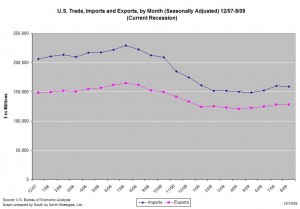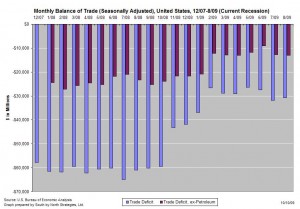Policy Points
13.10.2009
Policy Points
Despite the recession, North Carolina continues to gain residents. Projections suggest that the population of the Tar Heel State is likely to reach 9.6 million in 2010, up from 8 million in 2000 (a 19 percent rise). Although most of the state’s counties are gaining residents, much of the growth is occurring in a handful of metropolitan counties.
Because seats in the state legislature are apportioned on the basis of population, growth patters will shape the redistricting that will occur following the 2010 census. A new analysis by the Program on Public Life at UNC-Chapel Hill projects that the redistricting will result in a further consolidation of political power in the state’s metropolitan areas.
Key findings include the following:
- Wake County (Raleigh) has grown by close to 50 percent, and as a result, it likely will gain two seats in the state House and one seat in the state Senate. The Triangle counties of Durham and Johnston also should gain representation.
- Mecklenburg County (Charlotte) and some of its surrounding counties also have grown and should gain representation, though fights among the counties over how to allocate that representation may arise.
- Because the Piedmont Triad is growing at a slower rate, its representation may hold level or decline.
- The coastal communities surrounding Wilmington also are growing, and Brunswick, Pender, and New Hanover counties all are likely to gain seats.
Complete county-level projections are available here.
12.10.2009
Policy Points
Economic policy reports and media stories of interest:
12.10.2009
Policy Points
Last fall, the U.S. financial system was in imminent danger of collapse. To stave off that failure, Congress, federal agencies and the Federal Reserve engineered a bailout. One year later, where do things stand? What have the American taxpayers received in exchange for the aid given to the financial sector? What reforms have been undertaken?
To answer those questions, the PBS show Bill Moyers Journal devoted last weekend’s episode to exploring the state of reform and whether or not the U.S. missed a chance to better the financial system.
Click here to view a discussion among Moyers, MIT economist Simon Johnson, and U.S. Rep. Marcy Kaptur.
12.10.2009
Policy Points
The recession continued to affect America’s international trade in August. Once again, the U.S. imported more goods and services than it exported, according to the most recent report from the Bureau of Economic Analysis.
 The graph (left) shows the changes in American imports and exports that have occurred since the start of the recession in December 2007.
The graph (left) shows the changes in American imports and exports that have occurred since the start of the recession in December 2007.
The recession has reduced American demand for foreign goods and services and foreign demand for American goods and services (though the fall in the dollar’s value likely is boosting American exports).
Compared to a year ago (seasonally adjusted), U.S. imports were 29 percent lower while American exports were 21 percent lower.
The rapid decline in imports has helped to reduce the U.S. trade deficit (graph, below). In August, the U.S. imported $31 billion more than it exported.  When imports of petroleum products are excluded, the trade gaps stood at a lower $13 billion.
When imports of petroleum products are excluded, the trade gaps stood at a lower $13 billion.
Compared to one year ago (seasonally adjusted), the non-petroleum trade deficit is 44 percent lower and the overall trade deficit is 50 percent lower.
09.10.2009
Policy Points
A round-up of policy reports from the week ending on 10/9:
- The Center for Economic and Policy Research analyzes how foreign trade could be used to lower medical costs.
- The Economic Policy Institute details the long-term “scarring” likely to result from the recession.
- The NC Budget & Tax Center analyzes the policy “trifecta” used to balance the 2009-11 state budget.



 Email Sign-Up
Email Sign-Up RSS Feed
RSS Feed